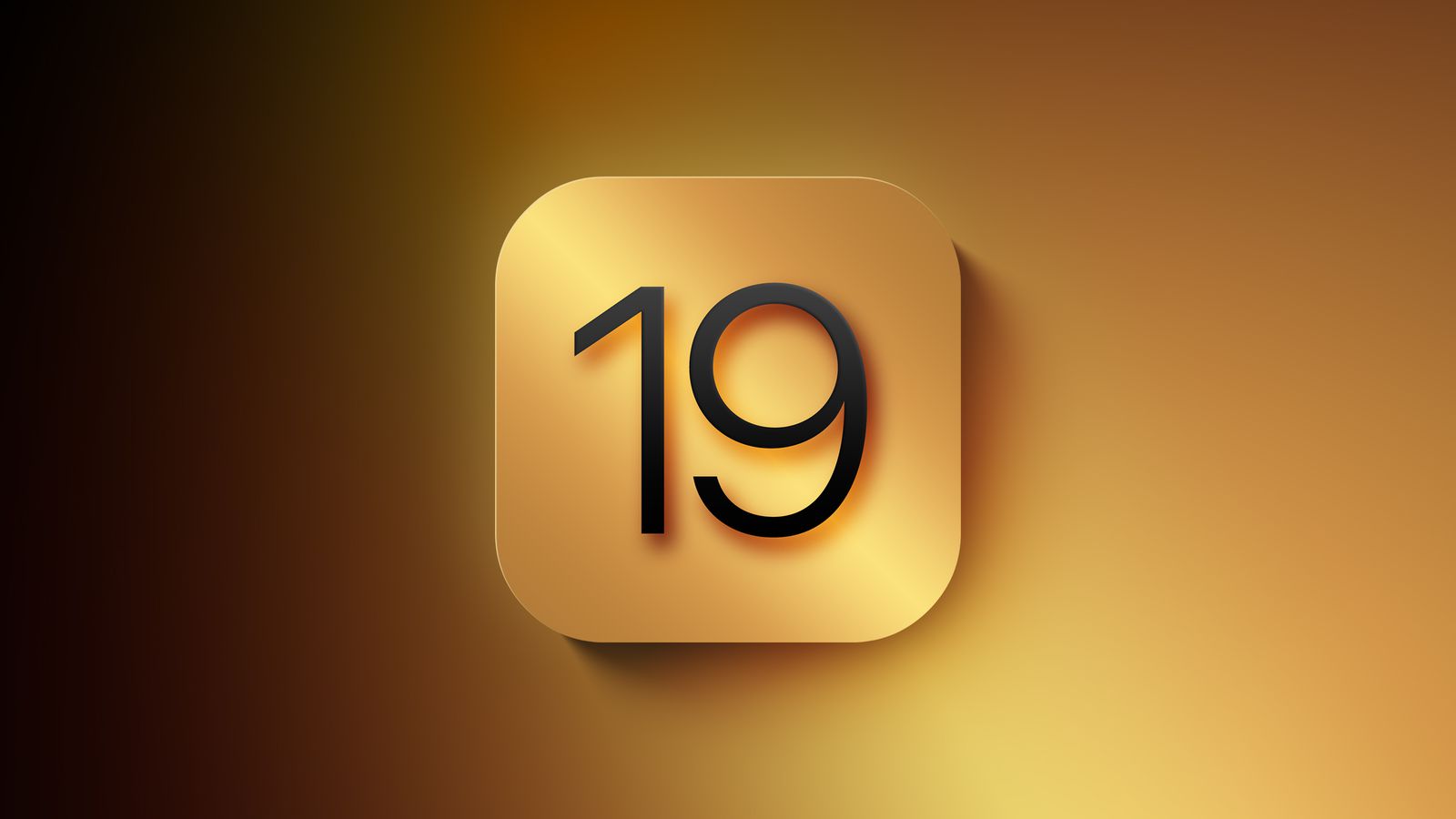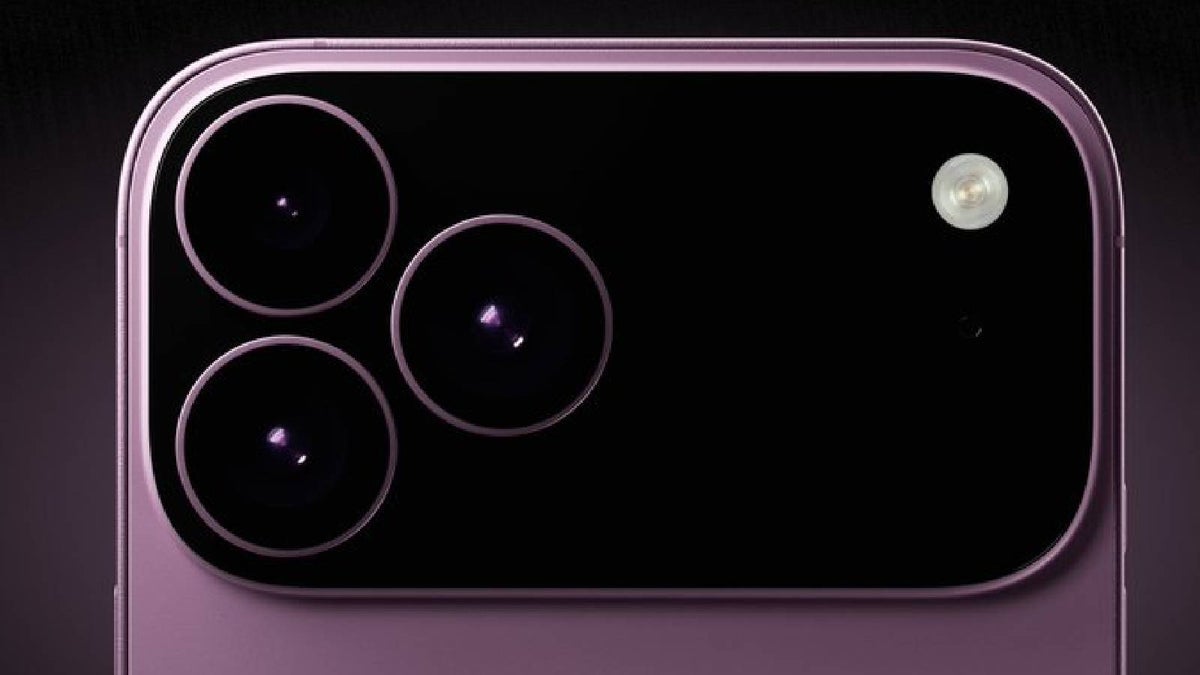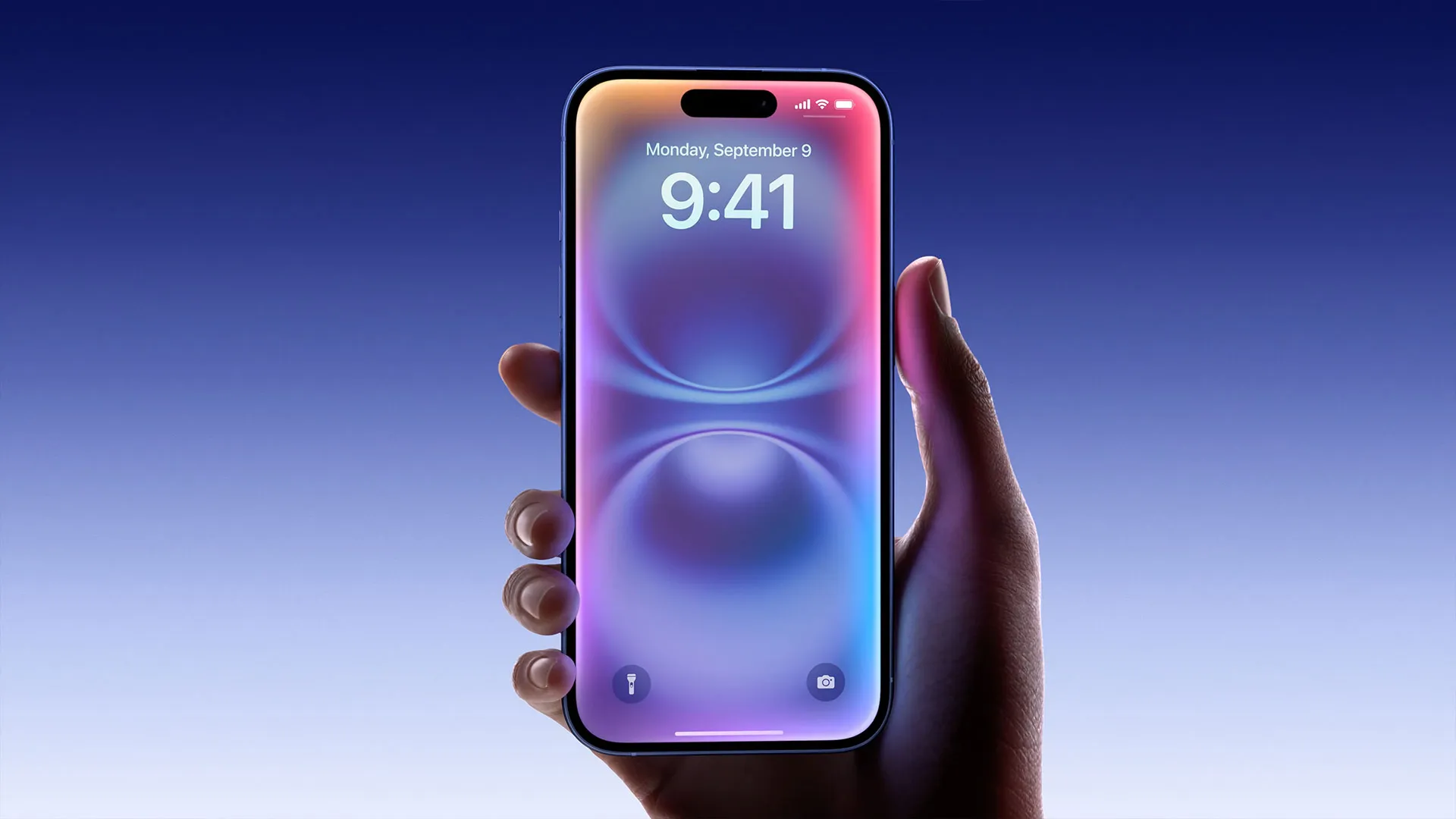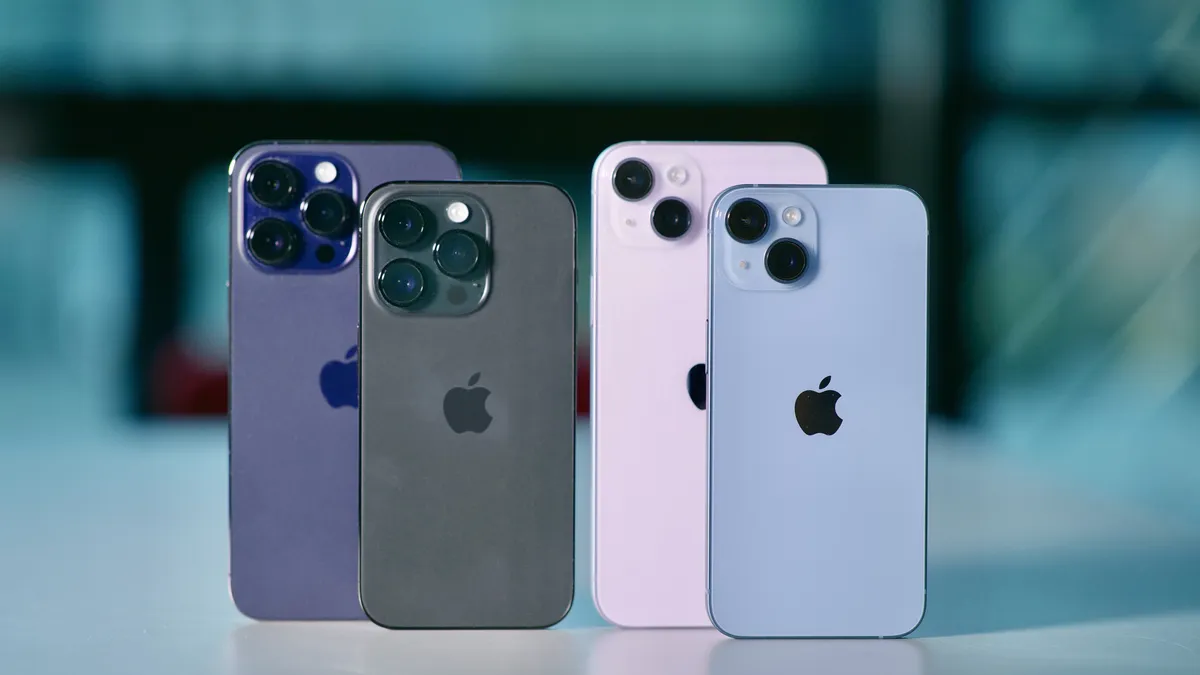After years of waiting, Instagram has launched an official app for iPad, exciting fans who have long wanted a better way to use the platform on bigger screens. The news dropped on April 8, 2025, and it’s a big deal for users tired of the stretched-out phone version.
The new iPad app keeps things simple and familiar. You’ll find all the usual features—like scrolling through posts, watching stories, and sending messages—now built to fit the iPad’s larger display. It’s not just a blown-up phone app anymore; Instagram tweaked it to feel right at home on tablets.
The layout spreads out nicely, letting you see more photos and videos without squinting. For a while, iPad users had to deal with the iPhone version, which looked awkward and didn’t use the extra screen space well. People kept asking Instagram for a proper app, and now it’s here.
The company says they listened to feedback and wanted to make something that works smoothly on iPads. You can grab the app from the App Store for free, and it works on any iPad running iPadOS 16 or later. It’s perfect for anyone who loves snapping pics, sharing moments, or just browsing their feed.
Plus, with the bigger screen, editing photos or watching Reels feels way more fun. This move shows Instagram cares about its fans and wants to keep up with how people use tech today. It’s a win for iPad owners who’ve been hoping for a better experience. So, if you’ve got an iPad, download it and see how Instagram shines on a larger canvas!






